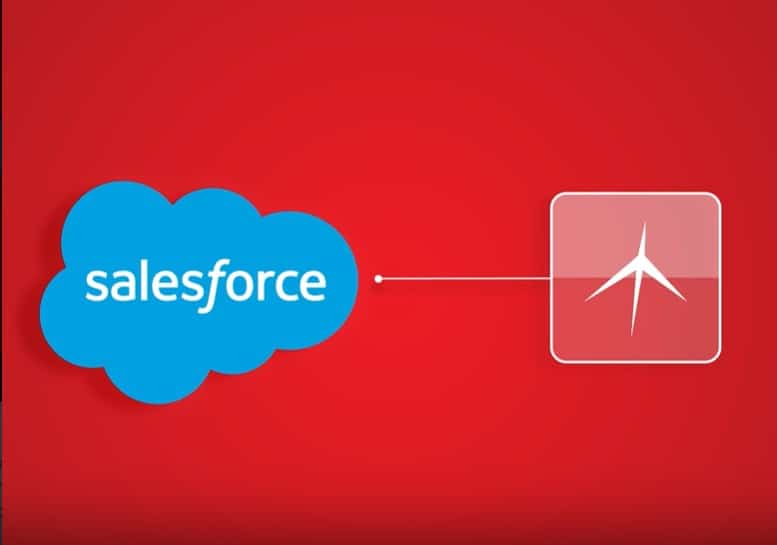- HOME
- call tracking to salesforce
JET INTERACTIVE
Call Tracking to Salesforce

Overview of Jet Interactive and Call Tracking Technology
Jet Interactive is a technology-focused company specializing in marketing automation, lead generation, and customer engagement tools. Their call tracking technology enables businesses to monitor, record, and analyze phone calls generated from various marketing campaigns. By assigning unique tracking numbers to different campaigns, sources, or touchpoints, companies can accurately attribute phone inquiries to specific marketing efforts, thus determining ROI more precisely.
Call tracking provides invaluable insights such as call origin, duration, caller details, and call outcomes. This data enables marketing teams to analyze which campaigns are most effective and allows sales teams to tailor their follow-up strategies for better conversions.
The Need for Call Tracking Integration with Salesforce CRM
Salesforce CRM remains one of the most widely adopted sales management platforms. Integrating call tracking with Salesforce offers numerous advantages:
- Enhanced Lead Attribution: Accurate assignment of calls to specific campaigns, sources, or keywords.
- Improved Customer Insights: Access to call recordings, duration, and call outcome data within the CRM.
- Streamlined Workflows: Automation of call logging, follow-up tasks, and note-taking.
- Data-Driven Decision Making: Rich analytics combining telephony data with sales performance metrics.
This synergy bridges the gap between marketing efforts and sales activities, facilitating a more cohesive and effective sales cycle.
Technical Aspects of the Integration
Jet Interactive’s integration with Salesforce involves several technical components:
- API Connectivity: Using RESTful APIs, Jet Interactive connects its call tracking platform with Salesforce, enabling real-time data exchange.
- Salesforce AppExchange: The integration is often deployed via a managed package available on Salesforce AppExchange, which simplifies installation and configuration.
- Data Mapping: Calls are associated with contacts, leads, or accounts in Salesforce, with custom fields used to store call details such as call source, duration, and outcome.
- Automation & Workflows: Salesforce’s Process Builder, Flow, or Apex triggers automate tasks like creating call logs, updating contact records, or assigning follow-up activities based on call data.
This synergy bridges the gap between marketing efforts and sales activities, facilitating a more cohesive and effective sales cycle.
Key Features of the Call Tracking Integration
- Automated Call Logging: Every call that is directed through a tracked number can be automatically logged into Salesforce. This includes details like call duration, caller number, and time of call.
- Call Recordings and Transcripts: Access to call recordings within Salesforce enable sales reps to review past conversations easily, ensuring better follow-up and customer service.
- Lead and Contact Attribution: The system automates the association of calls with existing leads or contacts, ensuring accurate attribution of marketing efforts and sales activities.
- Analytics and Reporting: Integrated dashboards display KPIs such as call volume, conversion rates, and campaign success metrics, providing a comprehensive view of telephony performance.
- Real-Time Notifications: Alerts and notifications can be configured for sales reps when high-value calls are received, enabling immediate engagement.
- Customization and Scalability: The integration supports custom fields and workflows to adapt to specific business processes, scalable for organizations of various sizes.
Benefits of the Integration
- Improved Sales Performance: With detailed call data directly in Salesforce, reps can better prepare for follow-up, personalize their outreach, and close more deals.
- Enhanced Marketing ROI: By precisely tracking which campaigns generate calls and conversions, marketers can optimize their budgets and strategies for higher effectiveness.
- Increased Efficiency: Automation reduces manual data entry, minimizes errors, and accelerates the sales cycle.
- Greater Customer Insights: Access to comprehensive interaction histories improves customer understanding and allows for more personalized engagement.
- Data-Driven Strategies: Combining call data with other CRM insights facilitates better forecasting, segmentation, and targeting strategies.